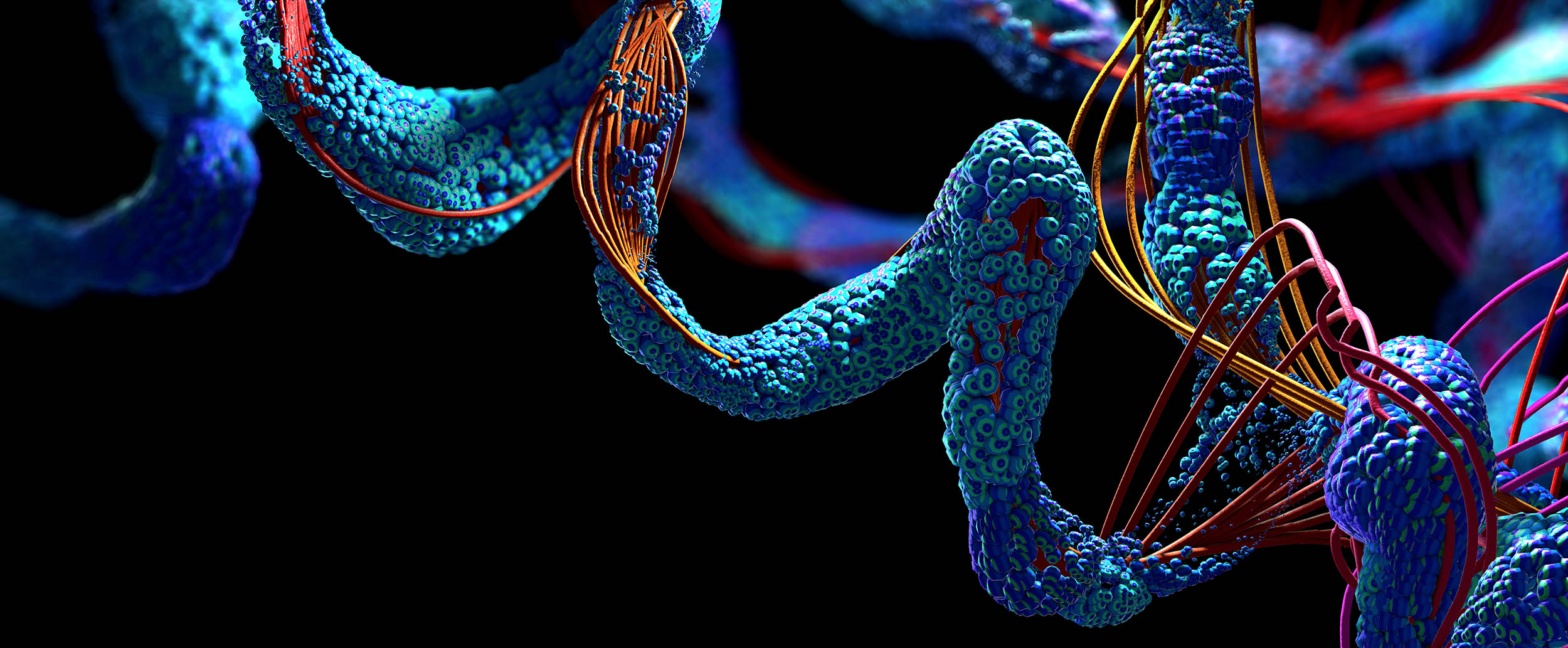
Products
EBI tested and patented the therapeutic potential of several small peptides derived from the human pregnancy hormone (human Chorionic Gonadotrophin hormone, hCG). Of these, tetrapeptide AQGV (EA-230) has now been brought into Phase III clinical development.

Background
The human pregnancy hormone chorionic gonadotropin (hCG) represents a foetal signal essential to maintain pregnancy. Placental vasculature is upregulated to support the foetus while acute maternal immunological activity directed against that foetus is kept at bay. These observations illustrate a protective principle of pregnancy that favours enhanced exchange of oxygen and nutrients from mother to child while keeping a protective check on maternal immune cell activity.
This core protective principle allowing safe foetal development is developed by EBI into therapeutic use during major surgery. EA-230 also exerts strong anti-inflammatory effects in animal and human models of sepsis and bears further therapeutic possibilities in critical care.
MECHANISM OF ACTION
Major surgery leads to an acute vascular stress response, decreasing nutrient and oxygen flow and triggering autophagic degradation of vascular cells. Danger Associated Molecular Patterns (DAMPs) are released that cause capillary leakage, complicating surgical outcomes. Administration of EA-230 helps cells to maintain the integrity of the vascular wall, by offering critical amino acids that act as signaling molecules for the mTOR complex in vascular cells. Administered to major surgery patients, EA-230 improves in vivo hemodynamic stability, as demonstrated in our Phase IIb study.
Competitive advantage of EA-230
EA-230 has major efficacy advantages over alternative products that are currently in development and is expected to be superior to commonly used immunosuppressive drugs in terms of safety and side-effects. So far, EA-230 has demonstrated an excellent safety profile in clinical trials with consistently lower numbers of adverse events than placebo. EA-230 is manufactured by chemical synthesis. This makes it cost-effective to manufacture specifically when compared to recombinant products.

